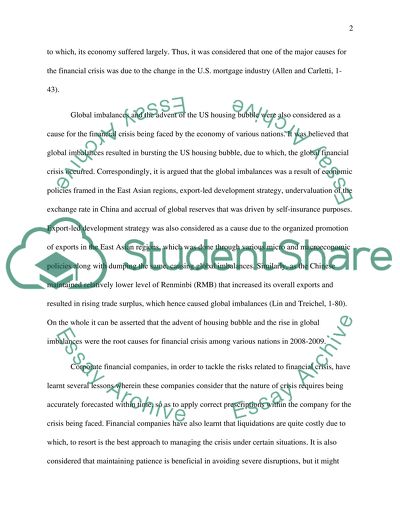Cite this document
(“International finance Essay Example | Topics and Well Written Essays - 1750 words”, n.d.)
International finance Essay Example | Topics and Well Written Essays - 1750 words. Retrieved from https://studentshare.org/finance-accounting/1645798-international-finance
International finance Essay Example | Topics and Well Written Essays - 1750 words. Retrieved from https://studentshare.org/finance-accounting/1645798-international-finance
(International Finance Essay Example | Topics and Well Written Essays - 1750 Words)
International Finance Essay Example | Topics and Well Written Essays - 1750 Words. https://studentshare.org/finance-accounting/1645798-international-finance.
International Finance Essay Example | Topics and Well Written Essays - 1750 Words. https://studentshare.org/finance-accounting/1645798-international-finance.
“International Finance Essay Example | Topics and Well Written Essays - 1750 Words”, n.d. https://studentshare.org/finance-accounting/1645798-international-finance.


